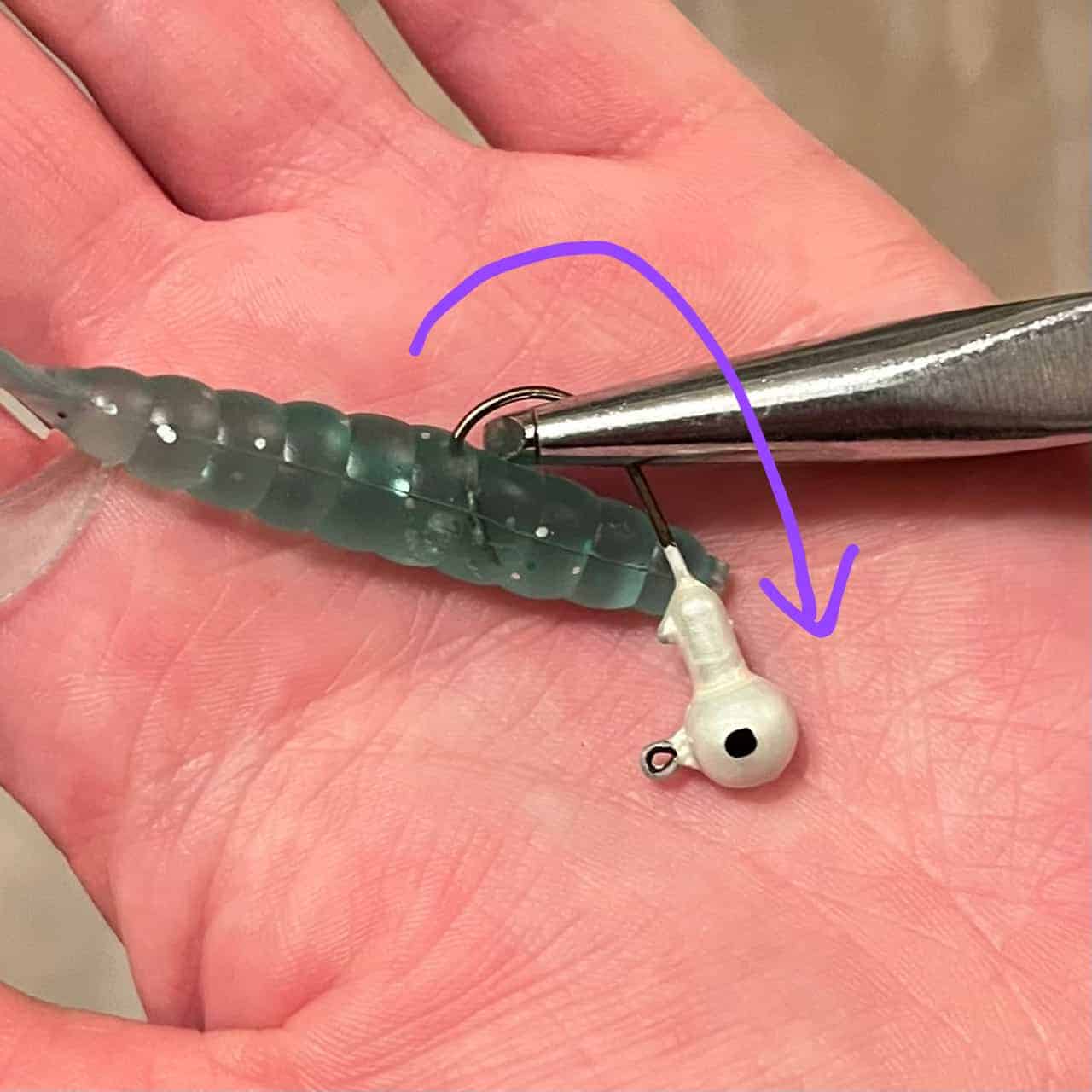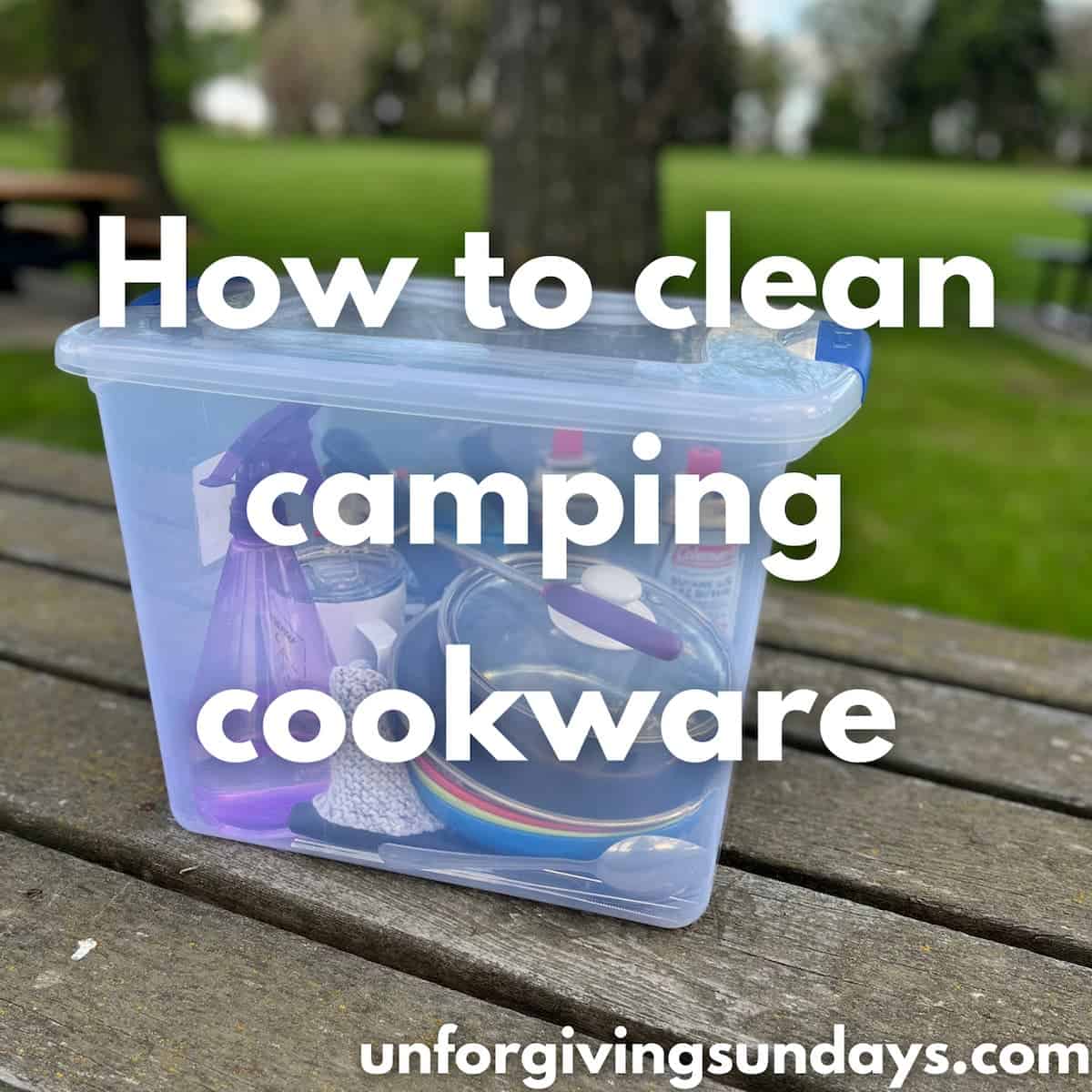You’ve caught the fish (or your finger) — now what? Here is how to remove a fish hook from whatever you’ve managed to catch.

What is a barbed fish hook?
A barbed hook is probably what first comes to mind when you think of a classic fishing hook. This type of fishing hook that has a backwards-facing point at the tip of the hook that helps keep the fish on the line.
Why you shouldn’t use barbed hooks
Fishing with barbed hooks results in a higher mortality rate for the fish. The wound from hook removal is larger and harder to heal, and the fish won’t be able to shake off the hook if the line happens to break. For this reason, it is especially important that you only use barb-less hooks if you are catching and releasing.
Barbs don’t make it easier to land a fish, and as long as you aren’t introducing slack to your fishing line, there is no difference if your ability to reel the fish in.
Because barbed hooks tend to do more harm than good, some places require that you fish exclusively with barb-less hooks. All check your local fishing regulations before you head out.
How to de-barb your hook
Take your needle-nosed pliers and crimp the barb so it doesn’t stick out anymore. Make sure the barb is flush with the hook.

How to remove a fishing hook from a fish
If you are keeping the fish, remove the hook when you are gutting the fish. If you are releasing the fish, here are my tips:
- Reel the fish in and try to get ahold of it quickly. You want to avoid having the fish flop around at the end of your line for too long. Make sure you grab it firmly and use wet hands to limit damage to the fish’s scales.
- Depending on the species–pike, for example–you might want to use a mouth spreader. Pinch the mouth spreader and insert it into the fish’s mouth. Slowly release your grip so that its mouth is held open. Be gentle.
- Pull the hook out the same way it went in. I prefer to use a pair of needle-nosed pliers but you can use your fingers. Grab the hook and thread it out. Don’t be rough, but it is better to commit than to spend unnecessary time struggling.
- Place the fish back into the water and release it gently by letting it swim from your hands. Don’t toss the fish because it can injure itself when it hits the water.


A note about fizzing…
Fizzing is the practice of puncturing a fish’s air bladder (the organ that regulates buoyancy) so that it sinks back into the water when you release it. I am not sure why anyone would do this — don’t do this. If the fish is stunned, just hold the fish in the water until it perks up enough to swim away.
Can you leave the hook in?
If you can get it out, take it out. There is a myth that the hook will rust away, and it will, but it might not happen as quickly as people think.
What if you can’t get the hook out?
If you really can’t get the hook out, trim as much of the line as you can and release the fish. This is not ideal. In this case, consider keeping the fish and eating it instead (provided that you are within your limits).

How to remove a fish hook from the skin
Barb-less fishing hooks
Using your fingers or needle-nosed pliers, thread the hook backwards out of the skin. If you have the means to, try to clean the wound. It is ideal to apply an antibiotic ointment and cover it with a bandage — if you don’t have anything then clean it at home. Enjoy the rest of your fishing adventure and keep an eye out for signs of infection.
Barbed fishing hooks
You are about to learn firsthand why you should not use barbed fishing hooks.
Push the hook through your skin so that the barbed end comes poking out. Cut the barbed end off using a pair of side cutters and then thread the hook backwards out of the skin. Unfortunately, pushing it all the way through–as opposed to fighting the barbs–is going to cause less tissue damage. Clean the wound to prevent infection, de-barb the hook, and carry on!
Treble hooks
These methods work for treble hooks too. It might help to take a pair of side cutters and cut the other hooks off first. If you’ve got two of the hooks in your finger, use the side cutters to cut the hooks (if you can) so that you can deal with them one at a time.

I’ve seen a lot of slick videos of people removing hooks from their hands with the help of some fishing line (click here for an example). I’ve never tried this method — the quick yank freaks me out — but it looks like it might be worth a try. If you do try it, let me know how it goes in the comments!
When to seek medical attention
- If you get the hook stuck in a precarious place (like your eye or throat)
- If you can’t get the hook out yourself
- If the wound won’t stop bleeding or you think you might need stitches
- If you notice signs of infection — redness, swelling, weeping, hot to the touch
Do you need a tetanus shot after getting hooked?
Yes, if you aren’t up-to-date.
How to remove barbed fishing hooks from clothing
If you get a barbed hook stuck in your clothing, don’t yank it out or it will rip your clothes. Instead, hold the fabric taught and move the hook in a circular motion while you slowly work the hook back out the way it came. The circular motion should stretch the hole larger, allowing you to slip the hook back out without snagging the fabric. Once the hook is out, pull on the fabric in different directions and it should stretch back to normal.
There you have it — everything you need to know about fishing hook removal. I hope your next fishing trip gives you lots of opportunities to practice taking your fish off the line!




Leave a Reply